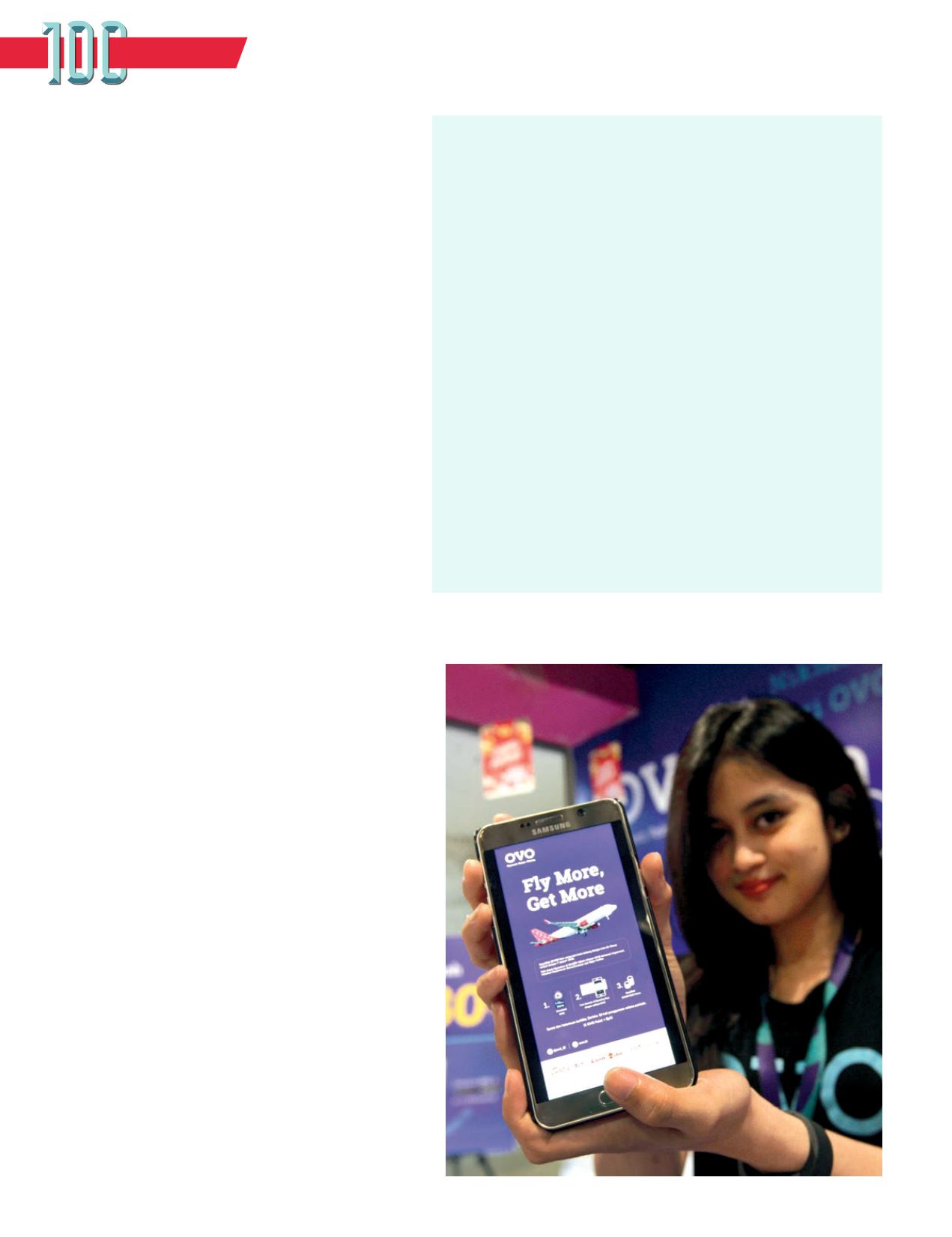

32
www.globeasia.comT op Group s
5
Gudang Garam Group
Private
Cigarattes, palm oil, property, paper
Susilo Wonowidjojo
$ 7.5 billion
The Gudang Garam Group, Indonesia’s second-largest
tobacco manufacturer, is currentlymoving into other
businesses aside from cigarettes. Its property and
plantation businesses are growing significantly. The
Wonowidjojo family plans to complete the construction
of a privately owned airport with a 3,000-meter
runway in Kediri, East Java, before the end of next
year. The group also has significant interests in energy,
pulp and paper and property. The family controls
its palm oil plantation business through Matahari
Kahuripan (Makin Group), which has more than
130,000 hectares in Sumatra and Kalimantan. The
group produces specialty papers and packaging for
its cigarettes, while PT Surya Madistrindo is the sole
distributor of the company’s products. The group owns
Gudang GaramTower in Jakarta and other residential
and hotel projects in East Java and Bali.
7
Lippo Group
Private
Property, retail, healthcare, education, media, e-commerce
Mochtar Riady
$7.0 billion
The Lippo Group has aggressively moved into the digital
economy, with among other initiatives, its OVO digital wallet and
payment gateway, which grew drastically, attracting around
18 million subscribers. As one of Indonesia’s most innovative
business groups, Lippo has a strong presence in almost every
consumer sector, including property, telecommunications,
health care, retail, entertainment, education, media and
technology. The group employs more than 130,000 people and
serves in excess of 100 million Indonesians annually. Its $6
billion Meikarta township development in Cikarang, West Java is
on schedule for completion in the first quarter of next year. Two
other major initiatives by the group this year are in health care
and technology. With more than 31 hospitals across Indonesia,
its Siloam Hospitals Group continues to expand and solidify its
leadership position in the market, while in technology, Lippo
is expanding into e-commerce and financial technology. The
group sets aside around $100 million per year for philanthropic
activities, which include scholarships for needy students from
remote parts of Indonesia.
6
Philip Morris International (Altria Group)
aka HM Sampoerna
Foreign/US
$7.1 billion
HM Sampoerna, Indonesia’s largest cigarette maker, contributes
the bulk of Philip Morris International’s business. With sales rising to
Rp 96 trillion in 2017 from Rp 95 trillion the previous year, the group
remains a market leader in Indonesia. There are around 90 million
smokers across the social spectrum in Indonesia, with hardly any
pressure on them to curb the habit. That is music to the ears of
Philip Morris, whose cigarette brands control around 40 percent
of the global market. Aggressive campaigns by the anti-tobacco
movement have so far failed to have anymeaningful impact and
the government is reluctant to make life difficult for an industry
employing millions of people in tobacco cultivation, cigarette
manufacturing and distribution. But this may change. On May 16,
the National Institute of Health Research and Development said
Indonesia loses at least Rp 500 trillion per year as a direct result of
smoking, far more than what the country gains in tobacco excise.
moh. defrizal/ga photo, Afriadi Hikmal/jg photo


















